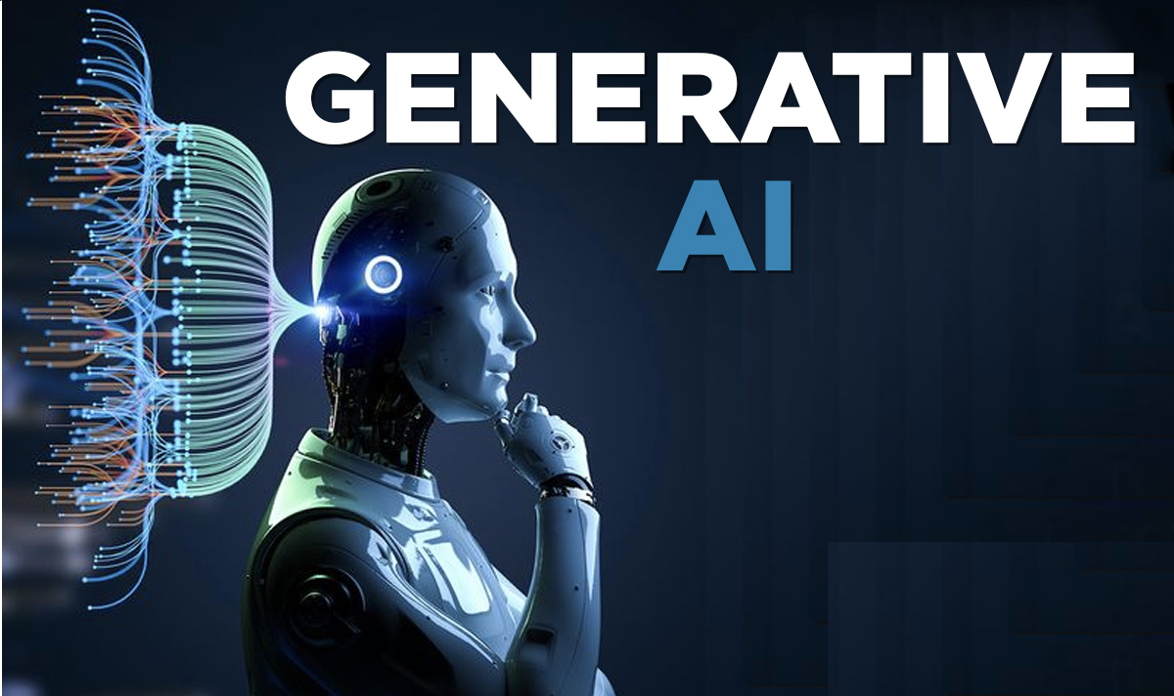
Unleashing Creativity: Exploring the World of Generative AI
In the realm of artificial intelligence, one of the most captivating and promising frontiers is Generative AI. This innovative branch of AI has sparked excitement and curiosity due to its ability to create, imagine, and innovate autonomously. From generating realistic images to composing music and even crafting human-like text, Generative AI has revolutionized the creative process across various domains.
Generative AI operates on the principle of learning patterns and structures from vast datasets to produce new content that resembles the input data. Through techniques such as deep learning and neural networks, these systems can understand and mimic the characteristics of the data they are trained on. This capacity enables Generative AI to generate content that ranges from paintings to poetry, with astonishing realism and creativity.
One of the most remarkable applications of Generative AI is in the field of visual arts. Generative Adversarial Networks (GANs), a popular framework within Generative AI, have been instrumental in creating photorealistic images and videos. By pitting two neural networks against each other – one generating content and the other discerning real from fake – GANs can produce images that are indistinguishable from those captured by a camera. This technology has immense potential in various industries, from fashion and design to entertainment and advertising.
Moreover, Generative AI has also found its stride in revolutionizing the music industry. Through models like OpenAI’s MuseNet, AI can compose original pieces of music in various styles and genres. By analyzing vast repositories of musical compositions, these systems learn the rules and patterns underlying different genres, allowing them to create harmonious melodies and arrangements. This capability not only aids musicians and composers in generating new ideas but also opens avenues for music personalization and customization for listeners.
In addition to visual arts and music, Generative AI has made significant strides in natural language processing, enabling it to generate human-like text. Language models like GPT (Generative Pre-trained Transformer) have demonstrated exceptional proficiency in tasks such as text generation, translation, and summarization. These models have been leveraged for applications ranging from content creation and chatbots to language tutoring and storytelling.
Despite its remarkable achievements, Generative AI also raises ethical concerns and challenges. The ability of AI to generate highly convincing deepfakes, manipulate information, or propagate biased content poses risks to societal trust and integrity. Moreover, questions surrounding authorship and intellectual property rights arise when AI generates content that closely resembles human creations. As Generative AI continues to advance, addressing these ethical dilemmas and establishing guidelines for responsible usage becomes paramount.
Looking ahead, the future of Generative AI holds immense promise and potential. As research progresses and technology evolves, we can anticipate even more sophisticated and diverse applications. From enhancing creative workflows and artistic expression to driving innovation in industries like healthcare and education, Generative AI is poised to reshape the way we interact with technology and foster human creativity.
In conclusion, Generative AI represents a groundbreaking leap in artificial intelligence, empowering machines to exhibit creativity and imagination. From generating lifelike images and music compositions to crafting human-like text, Generative AI has transcended traditional boundaries and opened new vistas of possibility. However, as we navigate this transformative journey, it is essential to approach the development and deployment of Generative AI with caution, mindfulness, and ethical foresight. Only then can we fully harness its potential to enrich and augment the human experience.